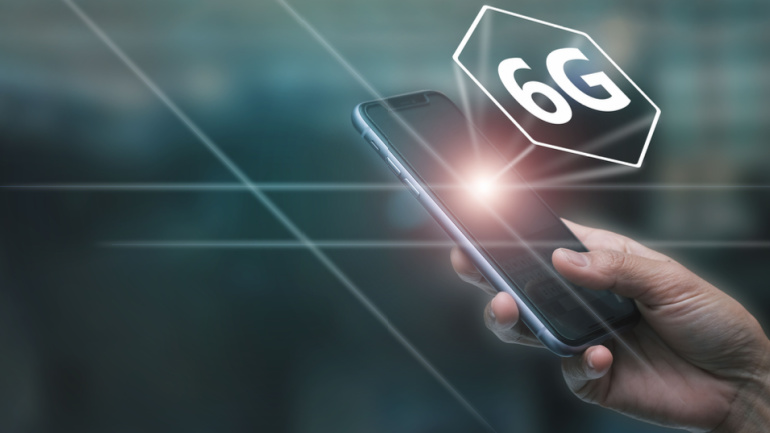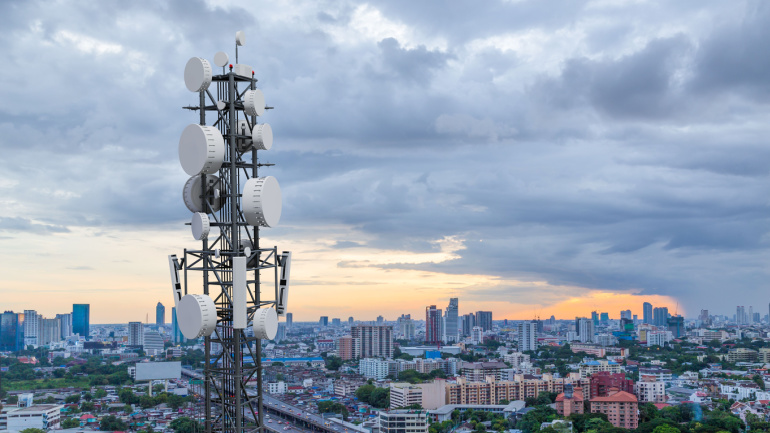Broadvoice collaborates with tech advisory firm, Bridgepointe Technologies Inc., enabling the latter to offer Broadvoice’s cloud communication services to mid-market clients. OpenAI’s latest release, GPT-3.5 Turbo, can now be fine-tuned by businesses, customizing it for specific tasks. Verizon, Ericsson, and MediaTek’s successful data sessions on Verizon’s 5G network pave the way for cost-effective 5G devices. Versa Networks achieves top scores in Gartner’s SASE report, streamlining security and networking solutions.
Deutsche Telekom and Google venture into tablet manufacturing, pinning their hopes on the affordable “T Tablet”. Designed for digital learning, this device blends advanced hardware, potent software, and network capabilities. Aiming at a wider 5G access, it also targets narrowing the digital divide. The tablet’s debut could spark new conversations about digitization in the education sector and beyond.
8×8 boosts Microsoft Teams with native calling integration, Opera’s iOS app adds Aria AI chatbot for content generation, Rogers clinches top spot in umlaut’s Canadian carrier study, and IoT propels enterprise transformation with 5G and eSIM adoption, per Omdia survey.
Witness the transformation of UK’s iconic red phone boxes as telecommunications giant BT empowers local communities to repurpose disused kiosks into practical assets. Adoptions through BT’s programme have evolved phone boxes into life-saving defibrillator stations, libraries or mini art galleries. As these kiosks brace for their centenary, BT gears up to offer a thousand more, sparking a fusion of tradition with communal ingenuity.
The UK’s Advertising Standards Authority recently adjudicated a dispute over the supposed misleading adverts of ISP, 6G Internet. The ASA ruled that the company name erroneously suggested the availability of non-existent 6G services. The decision underlines a recurrent issue of consumer confusion over service offerings in the telecommunications sector. Despite the controversy, 6G Internet has not indicated plans to adjust their brand name, possibly sparking inevitable customer confusion as the prospect of true 6G technology looms nearer.
Verizon Business and HCLTech shake hands in a significant $2.1 billion deal, blending Verizon’s renowned technological capabilities with HCLTech’s Managed Network Services. The partnership is geared to invigorate clients’ operations with next-gen technologies, buttressing the modernization of service delivery and putting Verizon on the fast track to revitalizing its fixed-line business. Following this, major portions of Verizon’s operations will smoothly transition to HCLTech.
Nokia, TPG and Mediatek are collaborating to showcase the power of carrier aggregation technology in live-streaming 360-degree broadcasts, a key element for future metaverse applications. The demonstration at Nokia’s 5G Futures Lab used multiple sub-6 GHz frequency bands to maximize 5G uplink speeds, enabling real-time transmission of high-quality video. The technology could revolutionize the viewing experience for TV, movies, sports and industrial metaverse scenarios such as remote-controlled robots performing hazardous tasks.
Amid declining telco capital expenditures impacting vendor profits, private cellular networking shines as a beacon of hope. Recent research reveals a significant 60% YoY increase in Q2 revenues for private cellular networking equipment, offering new revenue streams for industry giants like Ericsson and Nokia. However, with greater benefits come complex challenges that, if overcome, could potentially catapult the market worth to a substantial $7.7 billion by 2027.
Delving into satellite technology, Telefónica forms a strategic alliance with Starlink to enhance global connectivity, specifically targeting rural and hard-to-reach regions. With initial implementation in Mexico, this high-speed internet service is set to expand to five more markets, indicating a promising shift in accessible global digital inclusion. But is this the harbinger of a new connectivity era or just a companion to existing solutions?
NEC Corporation has obtained O-RAN Certification from Japan OTIC (Open Testing & Integration Centres) for its MB5450 5G base station radio unit (RU), certifying that the RU conforms with the O-RAN Fronthaul Interface Specifications established by the Open Radio Access Network Alliance (O-RAN ALLIANCE). This RU has been delivered to Rakuten Symphony and is being deployed globally.













